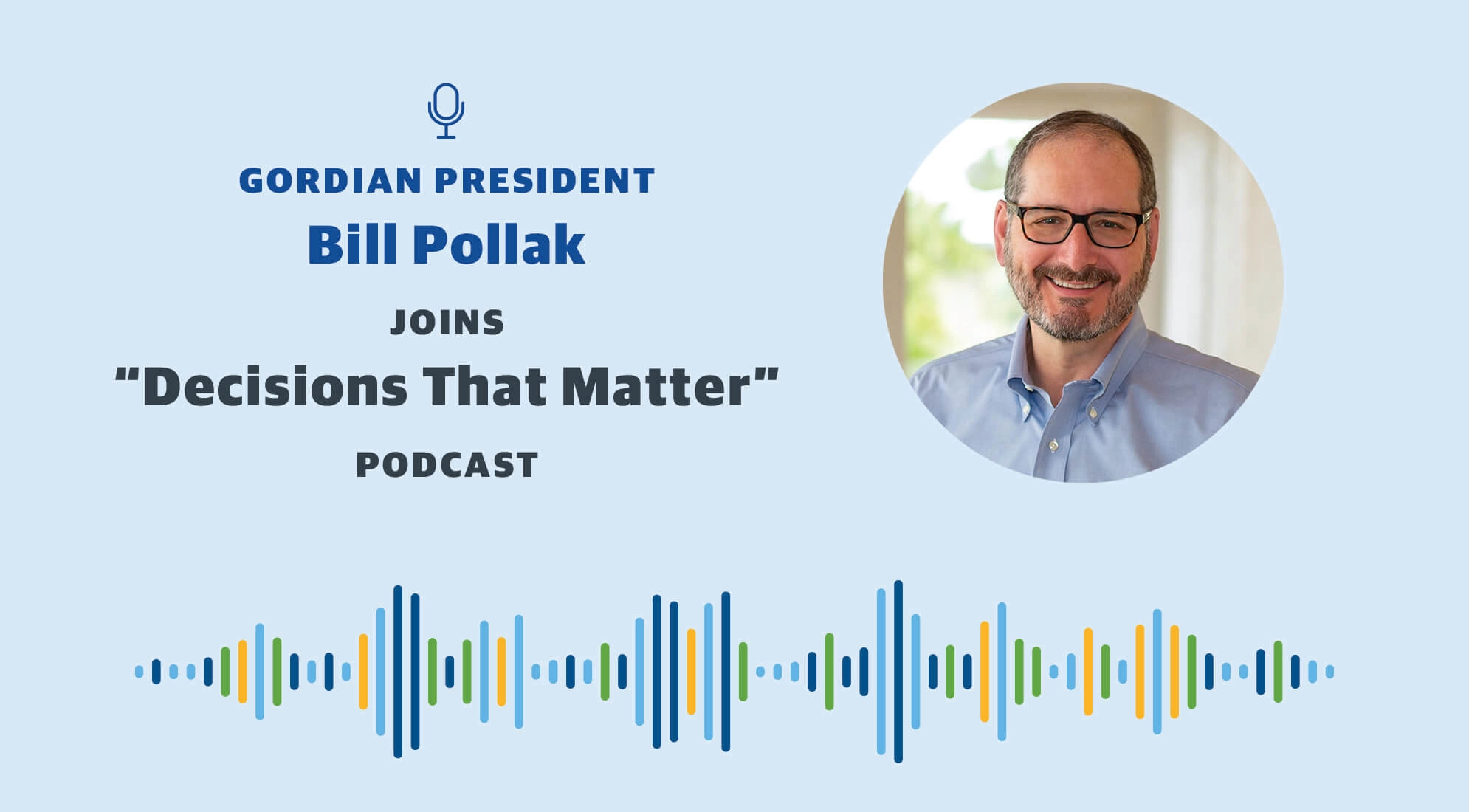After a full year of wrestling with the coronavirus pandemic, it’s appropriate to reflect on the measures the healthcare industry took to respond to a perilous and unexpected crisis. The COVID-19 response has been exceptional by any definition of the word. What was done to and inside of medical care facilities, in particular, was downright remarkable. New entrance/exit protocols, alterations to people and vehicle traffic, standing up mobile triage sites for mass evaluations and installing touchless technology, all of these modifications and more were made on the fly while doctors and nurses faced unrelenting waves of suffering patients.
Designed for the Status Quo
Medical care facilities were designed with “normal” care business in mind. They were certainly not designed to treat pandemic patients while maintaining care models for non-pandemic patients, a fact that makes the industry’s accomplishments over the last year all the more remarkable. But the last year has taught us to ready our facilities for anything.
Currently, regulatory bodies across the country are reviewing their design and construction requirements to build in the flexibility required to respond to future outbreaks. These teams, working with design and construction professionals, are developing standards to assure the healthcare built environment has the flexibility to optimize care routinely and can quickly adapt to pandemic circumstances.
Critical to long–term success is the resolve to successfully address the related design issues and to solution-storm, calmly and professionally, while up against immense national and international pressure and sense of urgency. The already high cost of healthcare construction, coupled with the media’s focus on loss of social interactions and the individual risks to life and family, makes rational design extremely difficult.
Most concerning is the pressure to do something and do it quickly to fix the problem. But quick decisions don’t always produce the best results. So, in the spirit of rumination, let’s examine a few ways medical care facilities leaders can create facilities flexibility.
Patient Intake Areas
One operational lesson from the last year that must be included in solution-storming activities regarding future outbreaks is altering the flow of foot traffic. Conversations about separate intake areas for both Emergency Department and primary entrances are relevant and should be prioritized. Choices about which intake areas to maintain during a crisis have many considerations, including the community’s needs, the criticality of that location to the hospital’s mission and the facility’s financial viability.
During the pandemic, healthcare facilities terminated or greatly reduced normal patient care and elective surgeries. Stemming these services, the financial lifeblood of most facilities, will likely not be repeated in the future. Expect hospitals and medical care facilities to construct entrances specifically for pandemic use to maintain flexibility and sustain some modicum of usual business practices in the case of a global health event.
Dedicated Equipment
There are adaptations in other areas of the care environment that will require both operational and design considerations before large investments are made. One potential adaptation concerns equipment. Dedicating diagnostic and imaging machines for use during pandemics is a decision that comes with not only a high cost of implementation but also a high cost of operation.
The professional staff and diagnostic team are highly sought–after and difficult to retain in most markets. Decision-makers must consider what happens if one of their specialized staff members leave. How will they replace that person’s skills quickly to get a positive return on their investment into the equipment and construction costs?
Here’s another important aspect of the decision: All diagnostic and therapeutic equipment that is used on a pandemic patient must be terminally cleaned before its next use. How much time and personnel will be required to clean the additional pandemic equipment properly between patients and how will they be staffed normally? This is an important question that must be answered before funds are committed. Factoring the operational considerations of ownership and use of equipment into design decisions should assure cost/benefit analysis that properly informs investment.
Air Systems
For years, hospitals and medical care facilities have built airborne infectious isolation rooms (AII) with negative air pressure to prevent the spread of infectious disease. Typically, the negative air pressure is confined to select spaces, but in the case of a future airborne pandemic, facilities leaders are looking for routine HVAC systems that, with the flip of a switch, can go into “pandemic mode” and deliver negative air pressure to a whole floor or wing of a hospital.
Such technology would offer more flexibility than building more AII rooms with dedicated air and ventilation at a far lower price tag. And in a crisis, HVAC with “pandemic mode” can quickly stem the spread of disease. At this point, the jury is out as to whether regulators would allow these modifications. That uncertainty has not prevented healthcare facilities from installing HVAC systems that can quickly switch from positive pressure to negative pressure.
Value-Based Construction: Flexible Project Delivery
Care systems should consider how they make modifications to facilities as well. As design decisions are codified and prioritized, institutions should look to expand their routine construction delivery models to assure the most cost-effective solution for the various project types.
Value–Based Construction (VBC) is relatively new to the healthcare field but has widespread use in many other industries. Often referred to as Job Order Contracting (JOC), Value-Based Construction is a cost-effective delivery model used to resolve multiple simple capital projects in the shortest amount of time. When properly utilized, this flexible procurement method assures multiple regional pre-approved and qualified healthcare contractors are available to address the projects on the post–pandemic capital list.
Facilities Flexibility is the Best Preparation
The country is still in emergency protocols associated with the ongoing pandemic, so there are still lessons to be learned. Hospitals and medical care facilities leaders cannot prevent the next viral outbreak. But they can and should apply their COVID-19 experiences to preparing for a similar crisis. By building flexibility into building design, operations and construction procurement, they position their facilities to respond quickly and effectively in the future.






